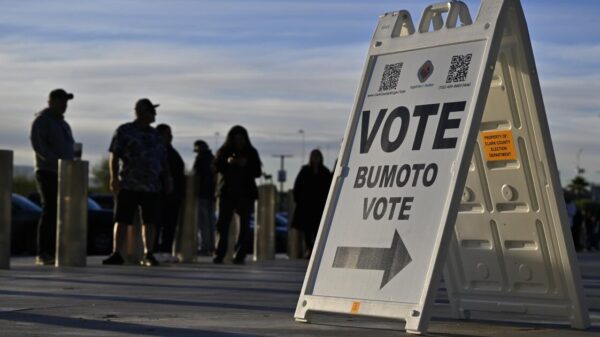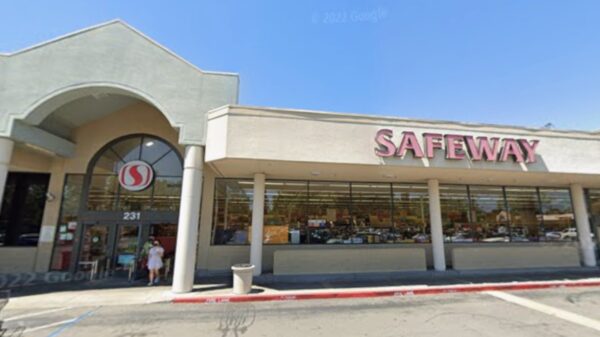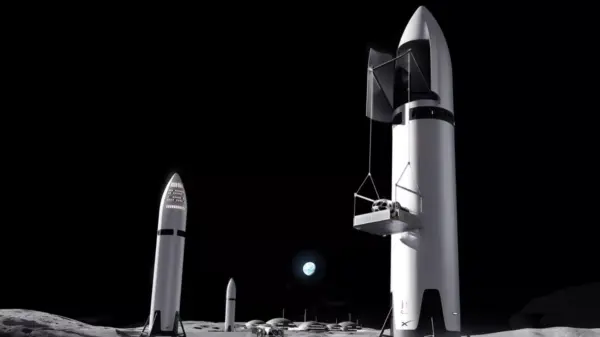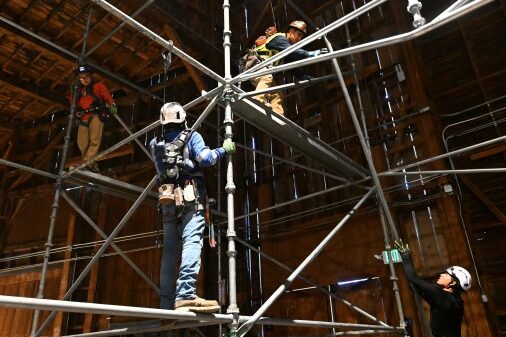As the fall movie season unfolds, the indie film sector faces significant challenges, with box office revenues dipping sharply. Once a time of excitement for independent cinema, this period now raises questions about the future of such films. Notable titles that previously generated buzz and critical acclaim are struggling to find audiences, leading many to wonder: where have all the indie hits gone?
The trend of releasing critically lauded films in the fall emerged in the 1990s, largely due to the influence of producer Harvey Weinstein. This strategy has historically positioned indie films to capitalize on awards season, generating both critical and commercial success. Yet, the landscape has shifted dramatically since the pandemic, altering how audiences engage with cinema.
Films like “Tár”, “Anatomy of a Fall”, and “Anora” have garnered praise but failed to resonate at the box office. “Anora”, for instance, managed to earn only $20 million, a stark reminder that in today’s indie film climate, this figure feels more like a defeat than a victory.
This fall, the contrast between critical success and audience turnout has become even more pronounced. High-profile releases have opened to disappointing box office figures, often accompanied by unique justifications for their lack of appeal. For example, “After the Hunt”, featuring Julia Roberts, faced backlash for its academic themes, while “The Smashing Machine”, starring Dwayne Johnson, struggled to attract viewers with its serious tone.
The situation has reached a critical point. “Bugonia”, a standout film in this season, is expected to earn approximately $12.5 million by the end of its second weekend in wide release, a figure that underscores the difficulties faced by indie films today.
Factors Contributing to Indie Film Decline
Several factors contribute to the current state of indie cinema. The rise of streaming platforms has made it easier for audiences to consume films at home, diminishing the incentive to visit theaters. Additionally, the rapid transition from theatrical release to home viewing has reduced the urgency for audiences to experience films in cinemas.
Moreover, many theaters face criticism for the overall experience they provide, with complaints about cleanliness, distractions from other patrons, and lengthy previews becoming commonplace. This has led to a perception that theaters are less appealing than the convenience of home viewing.
Another significant shift is the emergence of high-quality television, which has begun to fill the void that indie films once occupied. Viewers now have access to an array of compelling series that compete for their attention and investment of time.
The role of film festivals as launching pads for indie films is also in question. This year’s Sundance offerings, for example, have struggled to gain traction, with many titles remaining largely unnoticed by the public. The absence of a clear breakout hit from these festivals raises concerns about their relevance in promoting indie cinema.
The Path Forward for Indie Filmmakers
Despite the challenges, there are glimmers of hope within the indie landscape. Films that resonate with contemporary issues and offer fresh perspectives continue to find success. Celine Song’s “Materialists”, a romantic comedy addressing modern dating, and Paul Thomas Anderson’s “One Battle After Another”, which critiques current American society, exemplify how innovative storytelling can attract audiences.
Looking ahead, it is crucial for indie filmmakers to realign their focus on audience engagement. Creating compelling narratives that resonate with viewers’ lives and experiences, rather than adhering to established norms, may be the key to revitalizing interest in independent cinema.
As the industry navigates these turbulent waters, filmmakers must remember that cinema’s primary purpose is to inspire and connect with audiences. The stakes are high, and the need for imaginative, daring stories has never been more pressing. The future of indie film may depend on its ability to adapt and evolve in response to a changing cultural landscape.





































































